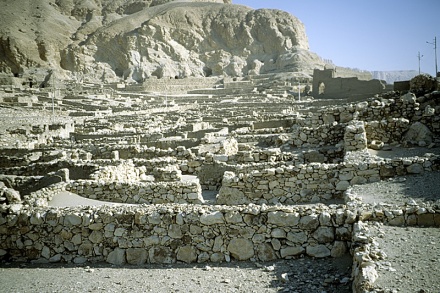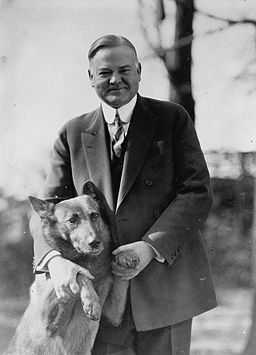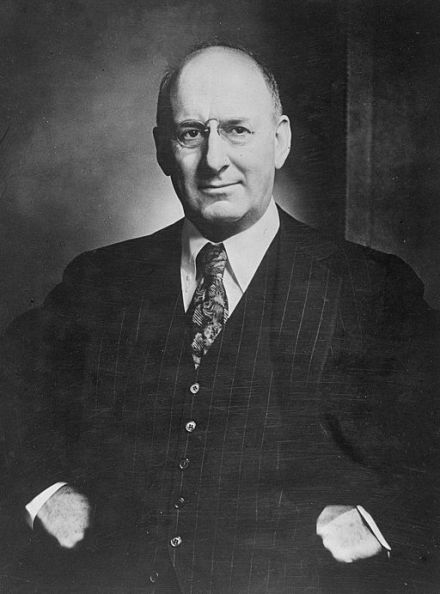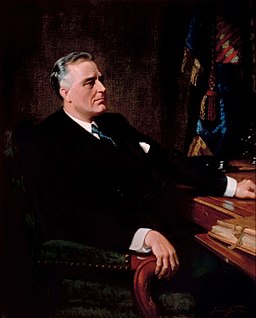Let me start this review by explaining what Leadership in Turbulent Times is NOT. It is not a commentary on the current White House; Donald Trump’s name is never even mentioned. The book is also not as lengthy as Doris Kearns Goodwin’s other titles. Without notes, Leadership is 370 pages. In contrast, Goodwin’s previous book The Bully Pulpit is 752 pages without notes.
Now for what Leadership in Turbulent Times IS. It is a survey of four presidents who, though imperfect, displayed extraordinary leadership qualities during their time in office. The men included are Abraham Lincoln, Theodore Roosevelt, Franklin Roosevelt, and Lyndon Johnson. Goodwin spent years writing about each of these leaders.
The book is divided into three main sections. In Ambition and the Recognition of Leadership, Goodwin shows how important early ambition and the desire to take charge are to successful leadership later in each man’s life. Abraham Lincoln’s famous thirst for knowledge helped him walk for miles to borrow a book. He got no encouragement from his father, who thought a strong young man like Abe should be helping with the family farm. Yet Lincoln was determined to get ahead of other young people. A contemporary recalled how Lincoln would devote himself to books while the other kids played. Years later, when a law student asked him for advice, Lincoln said, “Always bear in mind that your own resolution to succeed is more important than any other thing.”
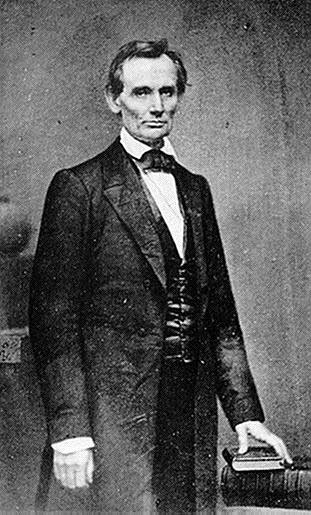
Abraham Lincoln, Feb. 1860 by Mathew Brady
The second section of the book, Adversity and Growth, demonstrates how each of these men became better leaders as a result of overcoming challenges. For example, Franklin Roosevelt came from a wealthy family and appeared to be living a charmed life until he contracted polio. Suddenly the pampered FDR had to work hard just to manipulate a wheelchair. He went to Warm Springs, Georgia after hearing about a man who gained strength in his legs by swimming in the warm mineral water. FDR invested money in a rundown hotel and turned it into a resort and treatment center for polio patients. He took an active interest in his investment and became known to other patients as Doc Roosevelt. Spending time listening and sharing his own struggles with others who had polio changed Roosevelt. According to his future cabinet member Frances Perkins, the experience made him “completely warmhearted, with humility of spirit and with a deeper philosophy.” FDR’s newfound empathy would later help him to understand what other people were going through as he worked to get the U.S. out of the Great Depression.
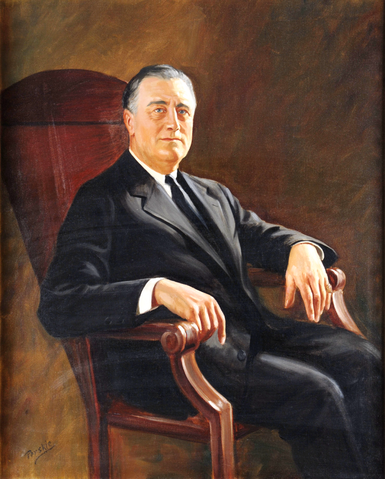
Gubernatorial portrait of FDR, Dec. 1940
In the third section of the book, The Leader and the Times: How They Led, Goodwin shows how the ambition and personal trials of each man made him a better leader. She presents case studies from each of their presidencies to show how effectively they led their country at challenging times. For Lincoln, she uses the introduction of the Emancipation Proclamation during the Civil War. Theodore Roosevelt’s chapter discusses his response to The Great Coal Strike of 1902. For FDR, his first 100 days in office dealing with the Great Depression are examined. Finally, Goodwin discusses Lyndon Johnson’s work on behalf of civil rights.
I recommend this book for readers who want a relatively quick introduction to these four presidents and want to learn how they became great leaders. Leadership in Turbulent Times is also a good choice for people who may be hesitant about starting one of Goodwin’s larger tomes. If readers decide they want to learn more about a particular president, they can check out Goodwin’s other excellent books.

